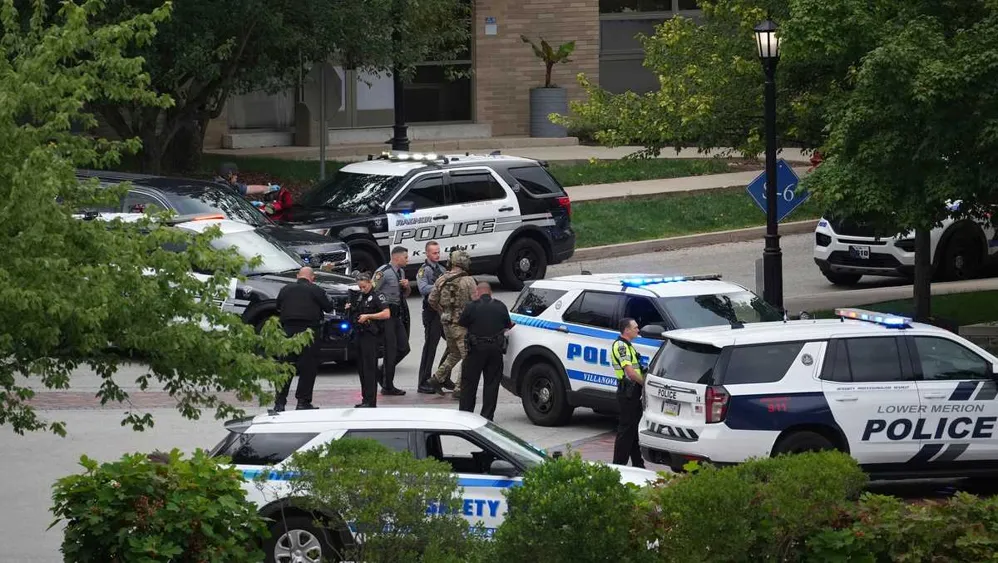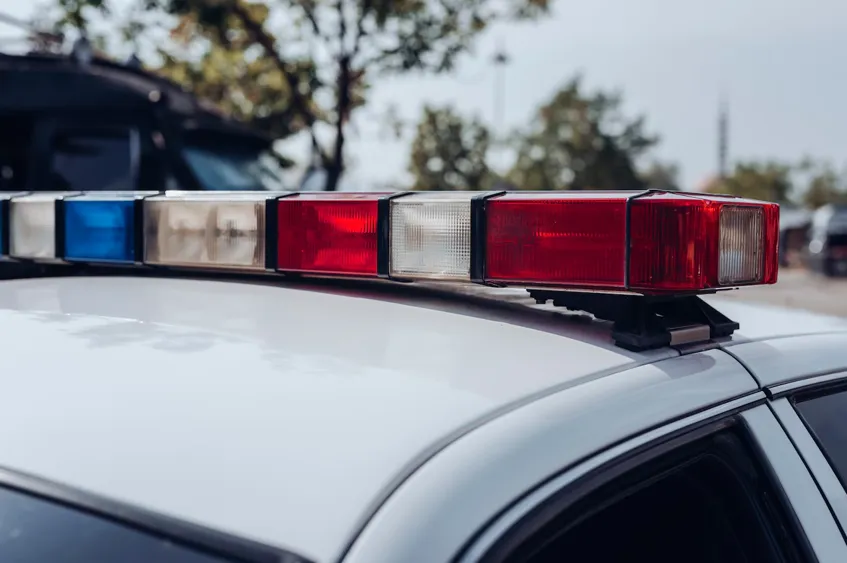What is swatting? Wave of active shooter hoaxes brings fear to the start of the school year

A number of schools and universities nationwide have already been plagued by swatting calls as the new school year begins, sending students and faculty running for cover and barricading themselves in bathrooms in the frantic rush to hide from an active shooter reported on their campus. An active shooter report was received at the University of Tennessee at Chattanooga and Villanova University on Thursday, and at the University of South Carolina on Sunday. Six universities had active shooter reports Monday; all of them turned out to be unfounded.The false calls emerge from an atmosphere where the threat of mass gun violence is horribly real. Less than a month ago, a gunman attacked the U.S. Centers for Disease Control and Prevention headquarters in Atlanta, triggering a lockdown at nearby Emory University. Another gunman, targeting the NFL’s New York headquarters, opened fire inside a Manhattan skyscraper in late July and killed four people, including an off-duty police officer.What is swatting?Swatting is the deliberate practice of making a false report to police, summoning law enforcement who believe a mass shooting, hostage situation or bombing may be taking place.According to the FBI, the practice has been documented for at least two decades. And calls targeting schools aren’t unique. One researcher who tracked swatting calls at schools and universities documented 731 calls in the United States during 2023. In the 2022-2023 school year, there were more than 446 false reports of active shooters at schools, according to a report from the Educator’s School Safety Network, a nonprofit dedicated to school safety.A terrifying callThe Villanova and Chattanooga incidents on Aug. 21 started with every university’s nightmare: a call reporting an active shooter on campus.In both cases, dispatchers heard what sounded like gunshots in the background of the calls – lending a disturbing realism to what turned out to be fake reports.First, the 911 dispatch in Hamilton County, Tennessee, which encompasses the Chattanooga campus, received a call around 12:30 p.m. saying a white male with an AR-15-style rifle had shot four people near the school library, Chief Sean O’Brien of the University of Tennessee at Chattanooga Police said Friday.A few hours later, around 4:33 p.m., a similar call came in at the Department of Emergency Services in Delaware County, Pennsylvania, reporting shots fired from a man “armed with an AR-15-style weapon” on Villanova’s campus, according to a news release from Delaware County Communications and Public Affairs. Multiple similar calls followed. The incident fell on the first day of new student orientation.Many swatting calls seem to follow a script, according to Keven Hendricks, a law enforcement veteran who teaches a class about swatting at the National White Collar Crime Center. Hoax callers may also call non-emergency numbers instead of emergency numbers – since the Voice over Internet Protocol services used by many swatters typically can’t access local 911 networks, Hendricks said.

